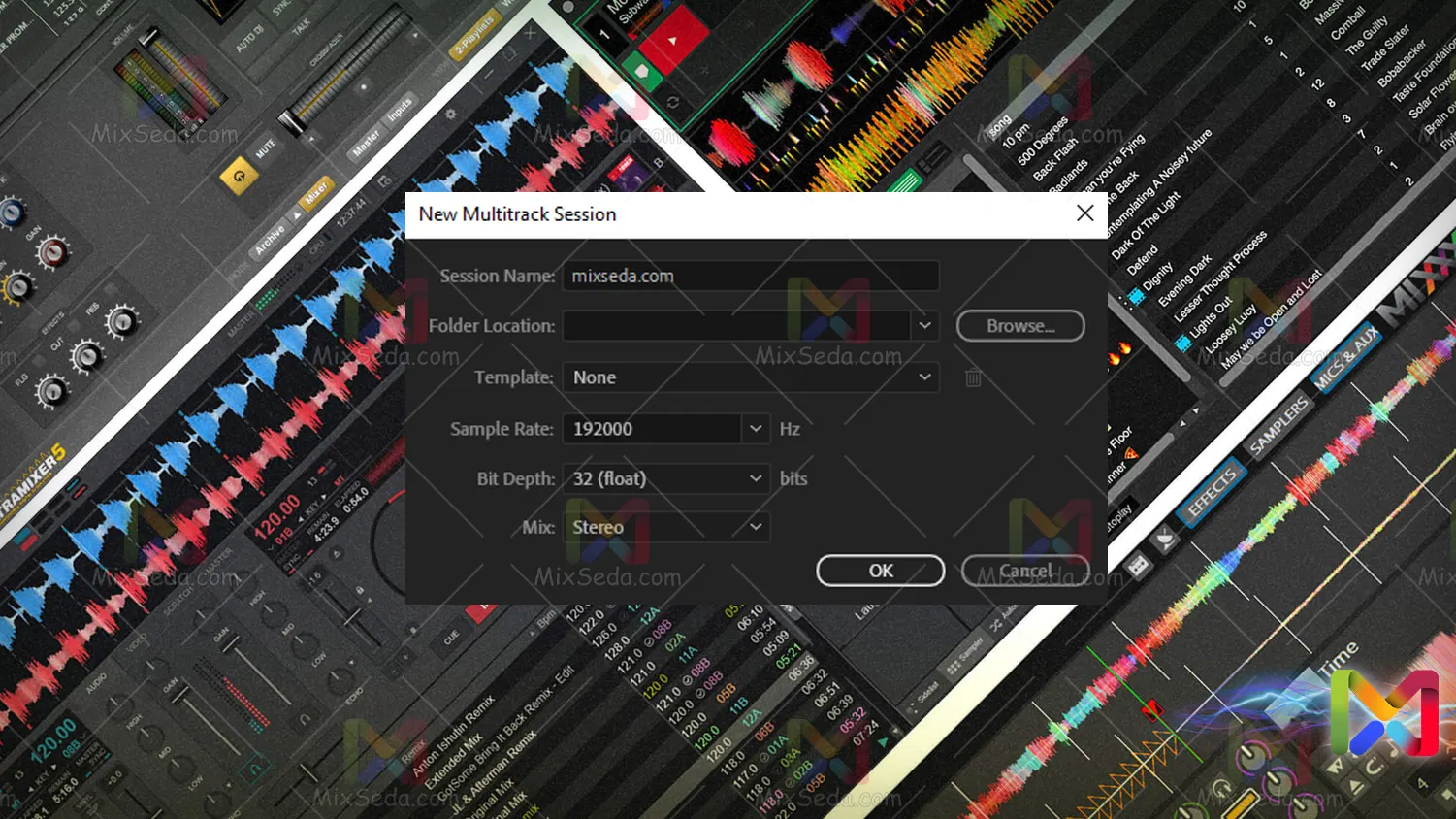
This is one of those “it depends” and “let your ears decide” questions/answers. Almost every interface these days can record up to at least a 96kHz sample rate; some go to 192kHz or in a few cases, even higher. But the question is, will you hear a sonic benefit from that high of a sample rate?
Some older interfaces sounded better at higher sample rates due to their internal sampling filters. With newer interfaces, the converter quality is greatly improved, and the sonic impact of the filters is less of an issue. Another area where higher sample rates are said to provide benefit is with plug-ins. Certain plug-ins perform better sonically when operating at higher rates than at standard rates.
But there are other things to keep in mind:
But there are other things to consider: high sample rate audio takes up more hard drive space, more CPU power to process, streaming high sample rate tracks is more taxing on hard drives, and so on. So there are trade offs. However, as technology improves — faster hard drives, faster computers, more RAM, and so on, these trade offs have diminished in impact substantially. With a current computer and solid-state drives or fast disk-based hard drives, higher sample rates are no problem.
In some cases, such as audio-for-video work, you’ll generally want to stick to 48kHz or 96kHz for best compatibility with video requirements. For CD release, 44.1kHz is still the standard, though working at higher rates and sample rate converting the audio down to 44.1k is always an option.
We suggest you test it yourself
Our first recommendation is to do some testing. Record tracks at standard (44.1 or 48kHz) and at higher rates (88.2, 96kHz, 176.4, or 192kHz). Try to cover a few different scenarios; loud rock, delicate acoustic, and so on. Now put your ears to work comparing — preferably in a “blind” listening situation where you don’t know what sample rate you’re hearing. Can you hear a difference? If you can, then it’s worth using the higher rate. If not, then maybe a standard sample rate will do the job.
Our preference these days is to track and mix at 96kHz. We’re confident of the sound quality, and we feel that files at higher rates are better for archival. For mastering, 96kHz or even archival mastering at 192kHz is usually a good idea.
Regardless, recording at 44.1 or 48kHz through a high-quality modern audio interface will give you excellent results, depending on the situation, very similar to what you’d get at higher rates. But if you want that little bit of extra confidence, higher rates provide potentially even better results. Let your ears and the final destination of your audio be your guide when making your decision.
You can view this article in Persian (High Sample Rates).
